A NEW exhibition in London featuring 26 emerging artists from six south Asian countries explores cultural exchange and similarities throughout the region, according to its co-curator.
Titled (Un)Layering the Future Past of South Asia: Young Artists’ Voices, the show examines themes of ecological fragility, gender justice, displacement, and political unrest through media including painting, sculpture, textiles, photography, video and installations.
“Our exhibition is looking towards a bright future. It acknowledges the past and shared histories and focuses on the interconnectedness in south Asia. We’re talking about cultural exchange and similarities throughout south Asia,” Manmeet K Walia told Eastern Eye.
“There are many threads that connect all the works. For example, there’s nostalgia and memory, as well as geographical aspiration, in a certain way. It also explores the lived experiences of today, with artists discussing their experiences.
“We’re examining many issues that connect the works in terms of tone, visual appeal, and overall aspect.”
Artists from India, Pakistan, Bangladesh, Sri Lanka, Nepal and Afghanistan feature in the exhibition. It is curated by Indian and Pakistani artists Walia and Salima Hashmi, who took three years to put it together.

One of the highlights of the exhibition, which is supported by The Ravi Jain Memorial Foundation, is a joint artwork by Pakistani artist Maheen Kazim and Indian artist Purvai Rai. Their work, titled Hum bhi dekhein ge (We too shall see, 2024-25) represents unity and connection between the countries. It focuses on the traditional textile called khes, exploring shared memories and weaving practices from the Punjab region, which spans both Pakistan and India.
Through their artwork, Kazim and Rai explore the impact of Partition.
Another work is by Sher Ali, an artist from Afghanistan who was forced to migrate to Australia a year ago. The artwork is a massive silk screen with embroidery done by women in Kabul. He sent the textile to Kabul and the women worked on it. It calls for the right to live free from the shadows of war.
Walia, who studied master of arts in curatorial practice from the Chelsea College of Art, University of the Arts London, said, “The exhibition focuses on emerging artists.
“Art typically witnesses the times, and this show features young voices reflecting on current events. These artists will narrate stories in the future, just as we now read stories through other artists who have passed away or are very senior.”

Artists who will be featured in the exhibition include Ashfika Rahman, Ayesha Sultana (Bangladesh); Moonis Ahmad, Aban Raza, Varunika Saraf (India); Amrit Karki (Nepal); Aisha Abid Hussain, Suleman Khilji, Aiman Amin (Pakistan); Hema Shiron, Pradeep Thalawatta and Rinoshan Susiman (Sri Lanka).
According to Walia, “Through their experiences, these artists are narrating the story of south Asia. Coming to a western country where they haven’t necessarily exhibited before allows them to open the eyes of the world to the feelings of south Asia. It’s a beneficial relationship between the artists having a great platform to showcase their work and the viewers who may never have seen their work. We would be most pleased if more opportunities arose from this curatorial collaboration for these artists. That’s our vision.”
As a curator, Walia said art can help unite communities. She said, “Art is a parallel of life. What you make is probably what you feel. Art has that emotional quality to it.
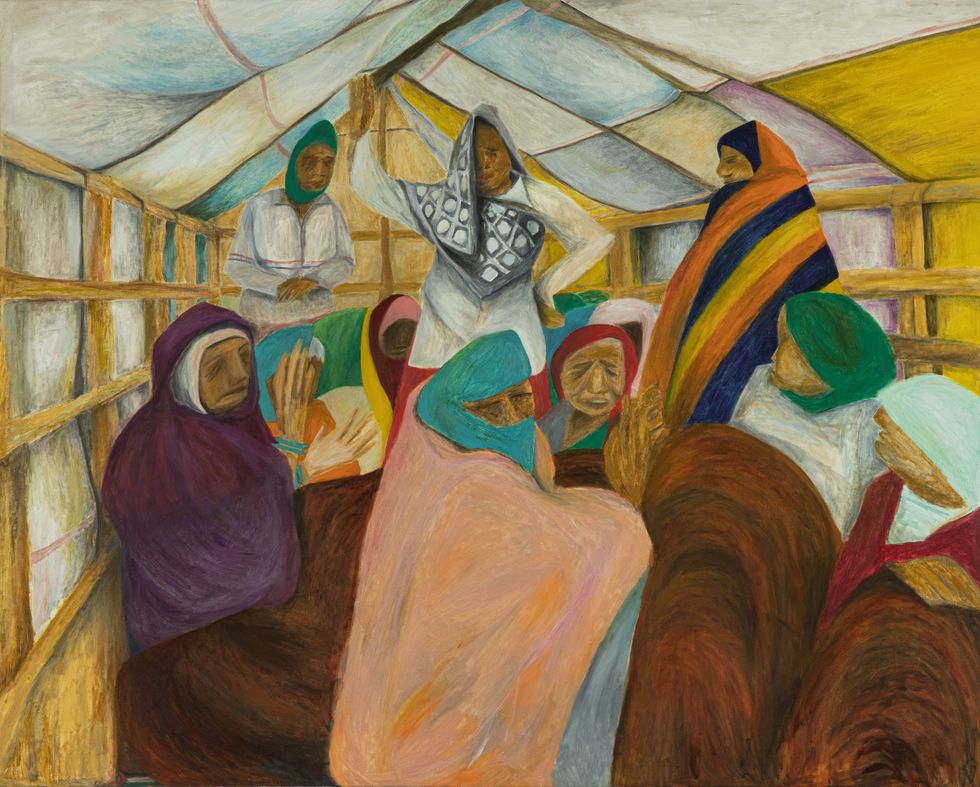
“The emotion that comes to you as a viewer is important in bridging gaps, because you start to empathise, you start to understand cultures. That connection is important, because it breaks barriers and boundaries and connects people around the globe, which I hope we continue doing.
“This exhibition opens the idea of thinking about our past and how, when we go back many years, south Asia was one region at some point. We have many overlaps within our cultures, languages, food, and clothes. To bridge that gap – I live in London, so for me, south Asia is an emotion, and when you see people who are similar, it evokes warmth. I believe people hold that emotion within them; this exhibition simply puts it out there that we are fluid and can come together beyond borders.”
The exhibition (Un)Layering the Future Past of South Asia: Young Artists’ Voices will run from April 11 to June 21 at the SOAS Gallery









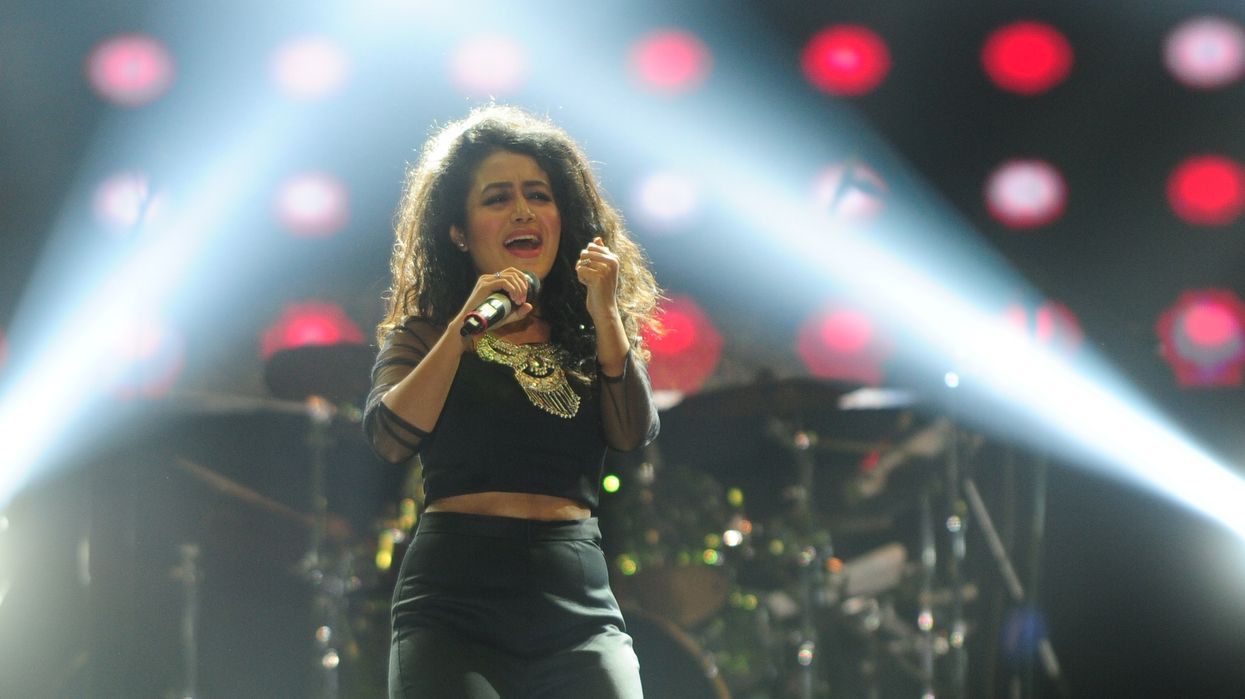









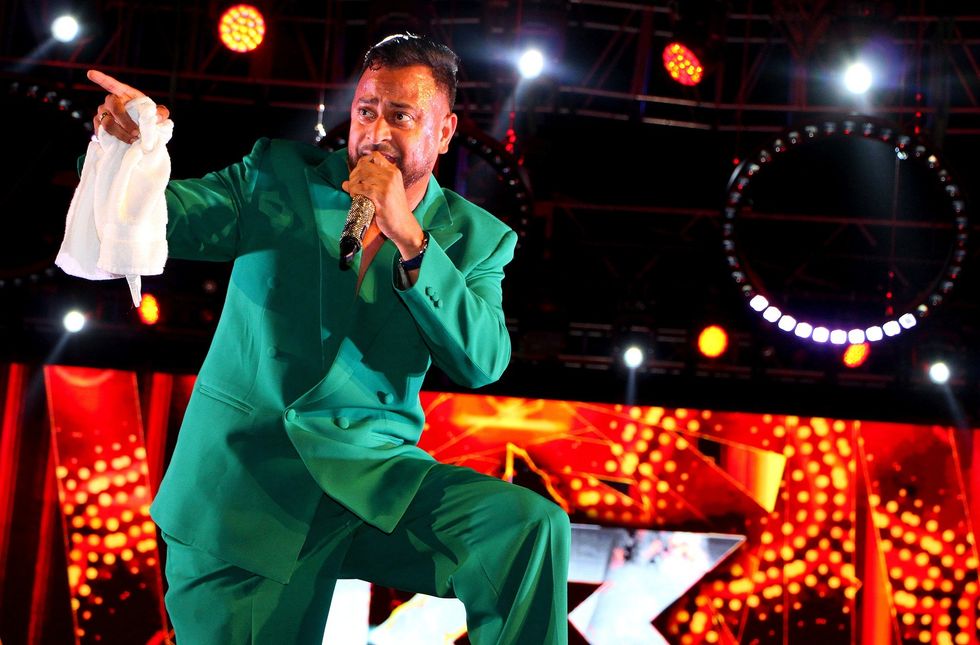 Ravi B
Ravi B Rick Ram and Vanessa Ramoutar
Rick Ram and Vanessa Ramoutar 

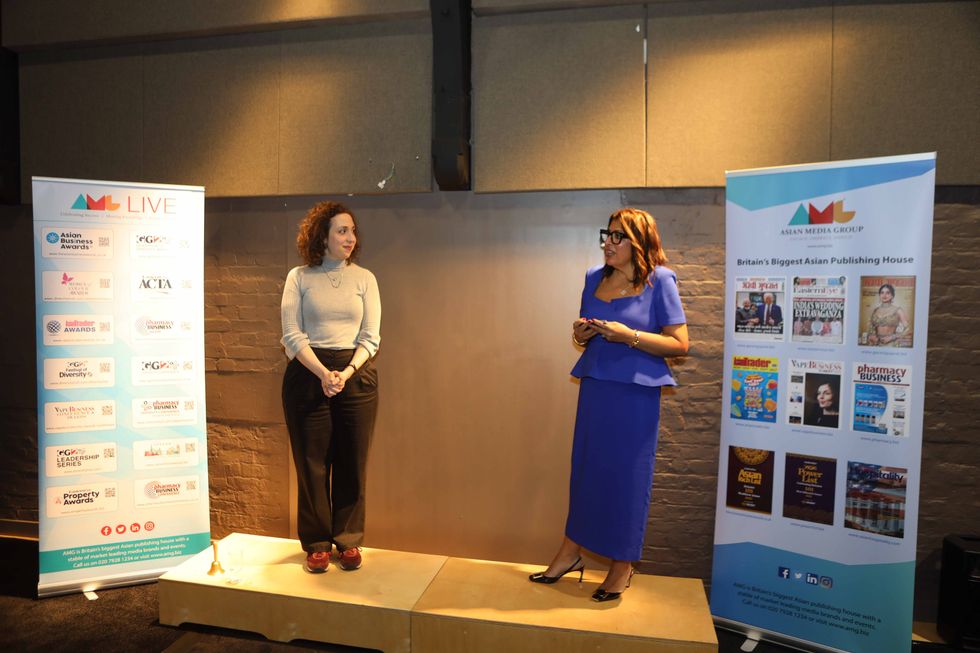 Pavita Cooper interviews Lilac Yosiphon at Old Vic Theatre
Pavita Cooper interviews Lilac Yosiphon at Old Vic Theatre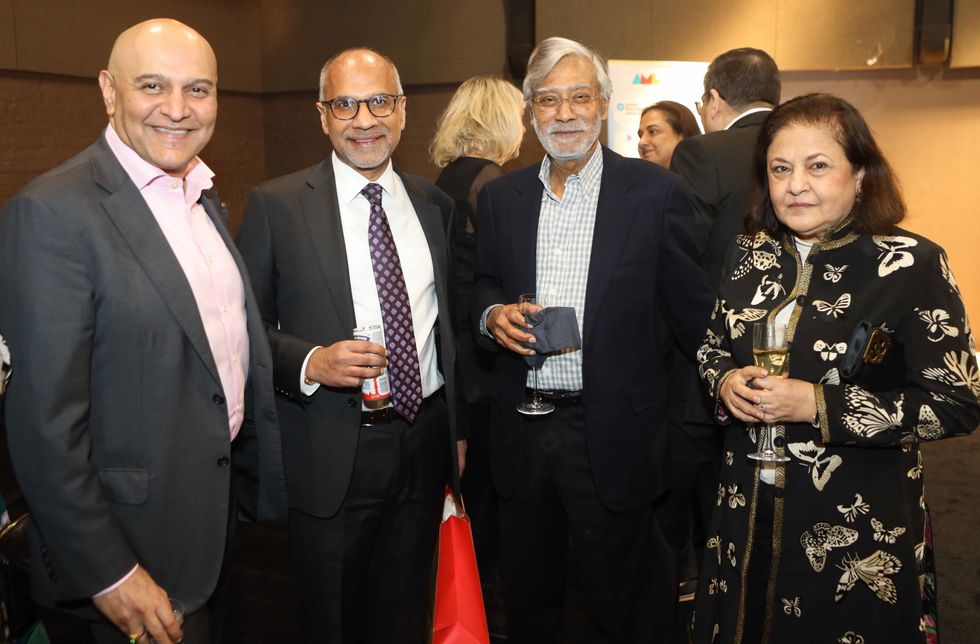 Dr Nik Kotecha, Shailesh Solanki, Rohit and Kalindi Chandaria
Dr Nik Kotecha, Shailesh Solanki, Rohit and Kalindi Chandaria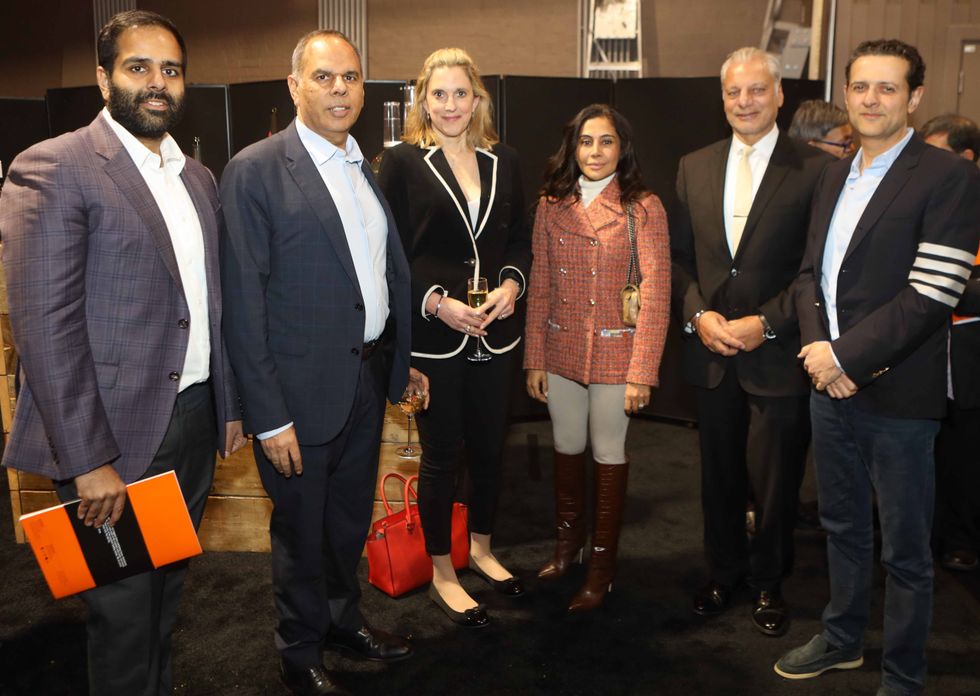 Aditya Solanki, Kalpesh Solanki, Elizabeth Hitchcock, Milan Khosla, Tony Matharu, and Rishi Khosla
Aditya Solanki, Kalpesh Solanki, Elizabeth Hitchcock, Milan Khosla, Tony Matharu, and Rishi Khosla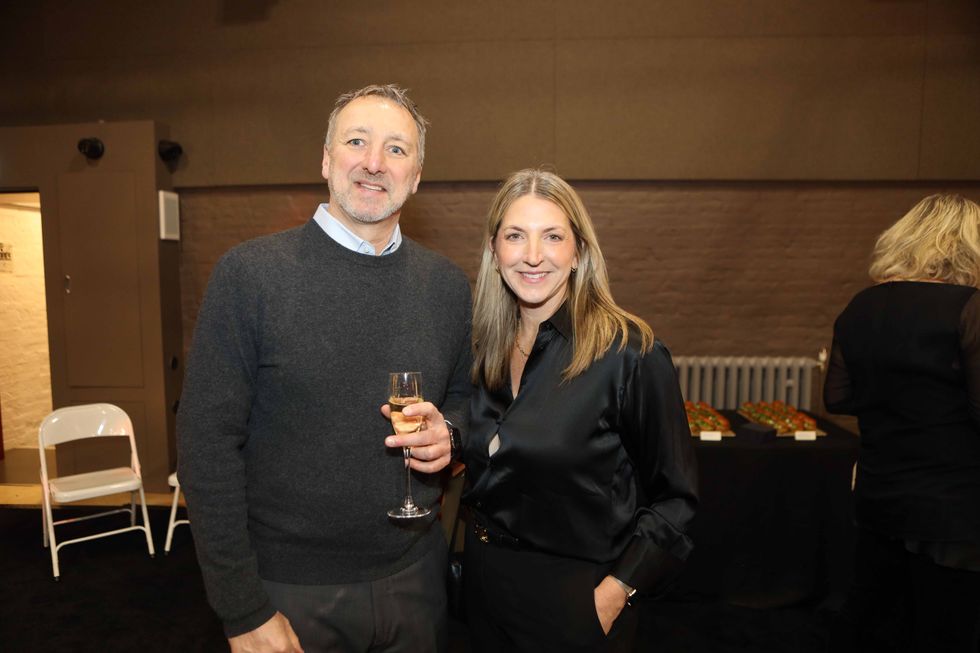 Scott and Diane Digangi Trench
Scott and Diane Digangi Trench Lord Jitesh Gadhia, Tony Matharu, Bharat Shah and Amit Roy
Lord Jitesh Gadhia, Tony Matharu, Bharat Shah and Amit Roy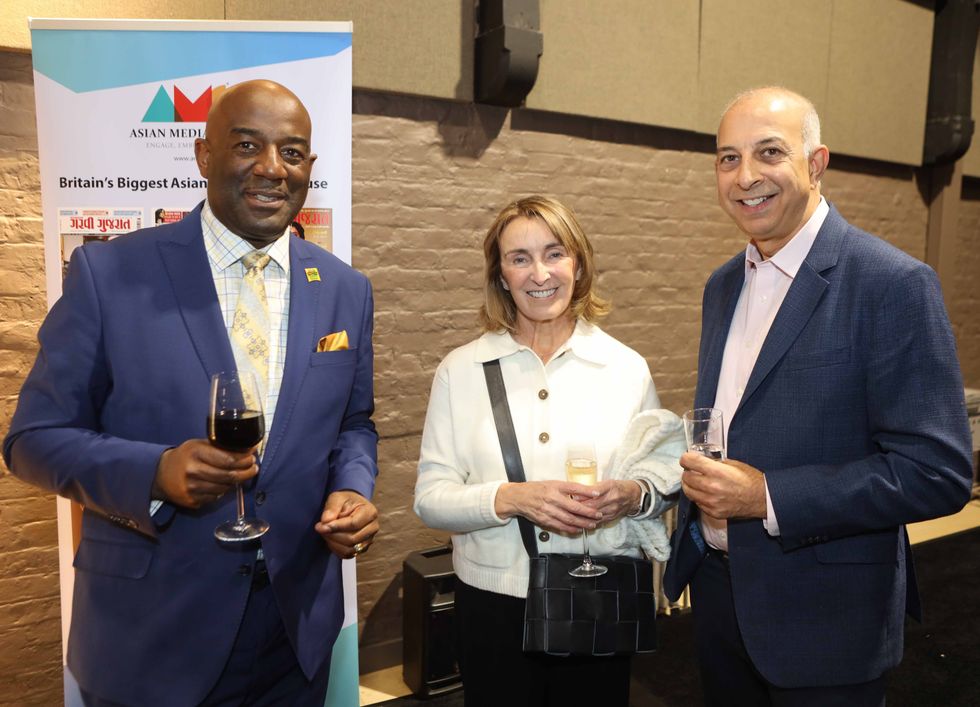 Paul Harrison, Lady Gill Kalifa and Sir Ron Kalifa
Paul Harrison, Lady Gill Kalifa and Sir Ron Kalifa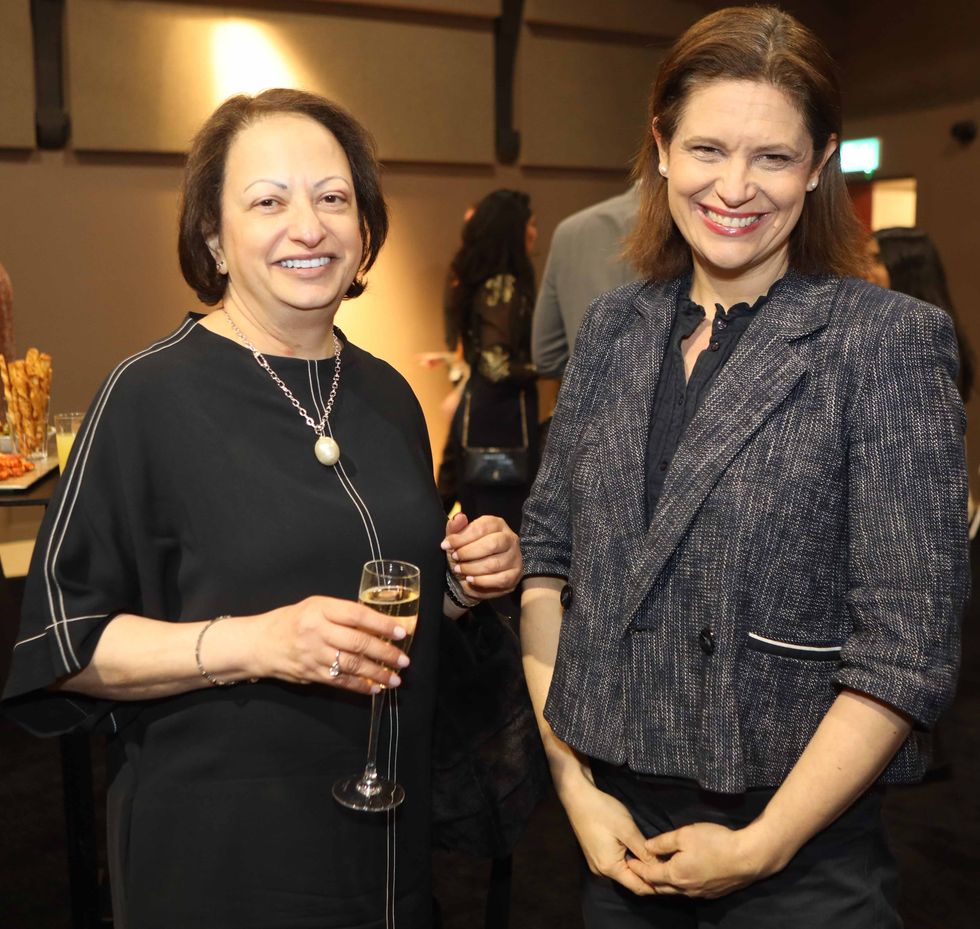 Zarin Patel with Laura Stevenson
Zarin Patel with Laura Stevenson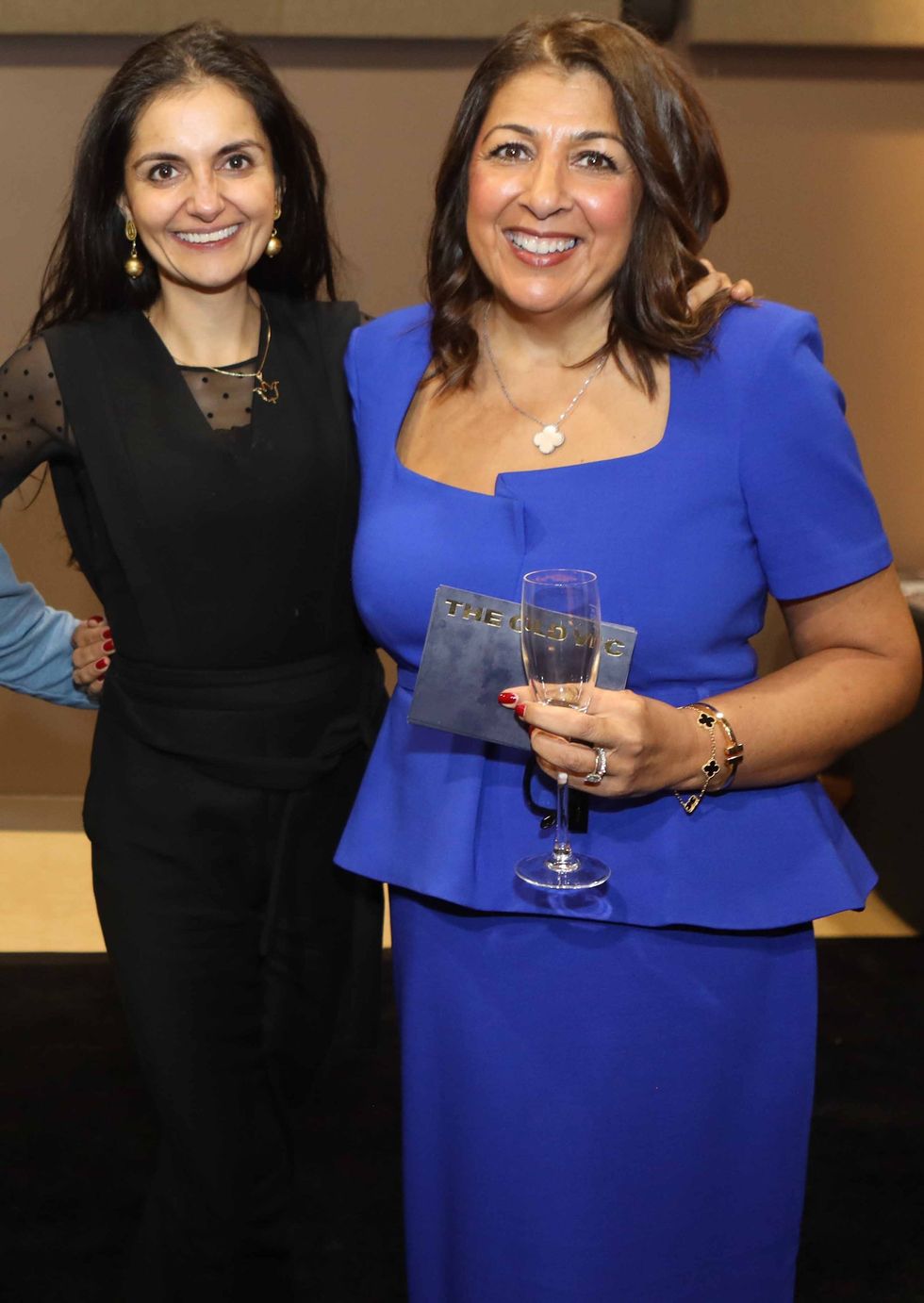 Rupal Kantaria with Pavita Cooper
Rupal Kantaria with Pavita Cooper